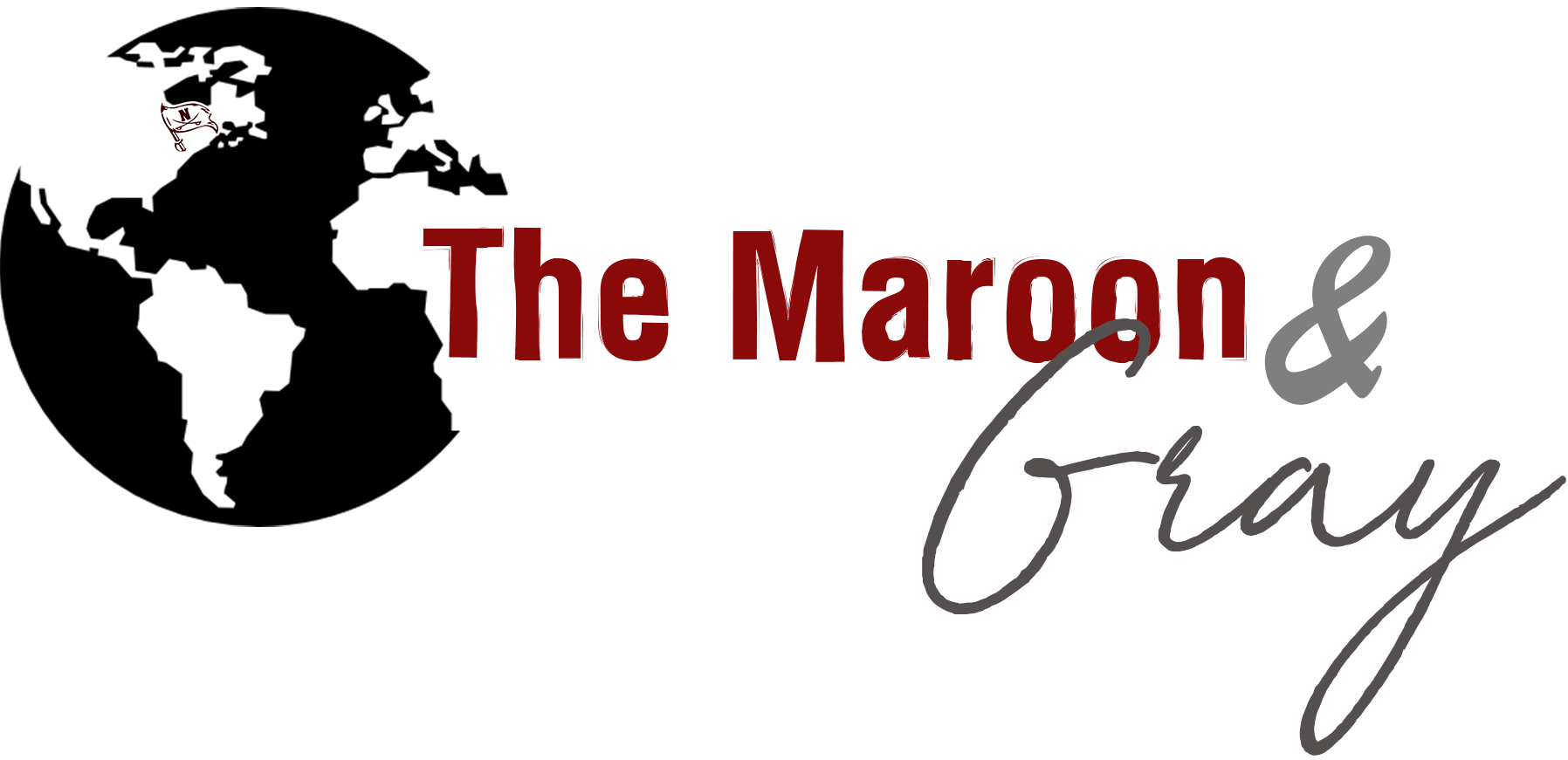Student Loan Support in America
In America, 45 million former and current students are in debt, owing a grand total of $1.6 trillion in student loans. In more than seven million people, one of every five borrowers fails to pay off the loans they owe, which are commonly left unpaid for a decade or longer in some cases. Student loan debt can cause a recession in the economy and cause mental distress to those who have yet to pay off their loans.
In 2020 the Biden administration, during the Covid-19 pandemic passed a freeze on student loans. This freeze was set to end at the end of April 2022 but was extended until August 31, 2022. This freeze began in an effort to provide support for those suffering from student debt during the pandemic. Debts often cause distress for both the borrower and the lender. Loans commonly snowball with interest payments and penalty charges.
If the government gave the chance of loan forgiveness it could help many people being crushed by debts of their past. A 63-year-old, Tomasa Rivera was interviewed by the New York Times regarding the loans that affected her for 32 years. Ms. Rivera took a loan for $3,000 in 1990; since then, it has grown to nearly $9,000. Ms. Rivera expressed to the New York Times, “There’s late fees and all the things they tack on as the months and years have gone by. The original loan was not that big of an amount, but now it’s impossible.” Ms. Rivera became swamped with these loan payments. Between paying off her loans and medical expenses Ms. Rivera was pushed onto a Social Security disability in the early 2000s.
Each year before the pandemic, student loan defaults rose steadily peaking at $172 billion owed by eight million borrowers. The pause on student loans in March 2020 put a hold on these collections. An income-driven payment plan is considered to be the best solution for borrowers. This gives an option to lower-wage earners to pay a small amount each month. However, this payment plan often fails to help out borrowers.
The Biden administration plans to aid all 7.5 billion borrowers by ridding them of the black mark on their credit reports and restoring them to good credit standing. This plan is not yet in final form however the administration hopes that this encourages borrowers to enroll in income-driven payment plans, hopefully for the better of the economy and the average borrower.








